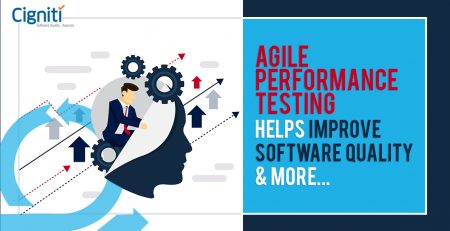4 Crucial Challenges for Agile Testing In Distributed Teams
A recent Forrester report emphasizes the fact that consistent performance in agile teams must include agile testing as well. And for agile testing to succeed, testers must work intimately with the development team on day-to-day project activities.
Agility adds new dimensions and areas of focus to the testing and QA teams. One such area is when testing of a product happens not in one central location but in a distributed environment with each unit catering to an independently critical component of the software. The scale of diversity in business models and technology empowerment in these distributed environments pose significant challenges. Let us examine four key challenges –
- Communication
Agile testing, as well as any form of agility in software development, calls for freestyle collaboration wherein teams collaborate on almost a daily basis to keep each other aware of their individual progress. But when teams are distributed, the conversation usually happens over chat, phone calls or video conferences. This increases the probability of wrong or incomplete inputs creeping into the whole picture. The risks can be minimized by the proper utilization of digital tools that facilitate clear communication between collaborators. A visualization tool can help improve communication between distributed teams considerably as exemplified in the research report of Human Computer Interaction Institute.
- Infrastructure
If effective communication is to be facilitated for agile testing teams in distributed work environments, then their individual work infrastructure should be sound enough to help them engage in a collaborative testing function. This refers to the difference in time zones, technological infrastructure i.e. hardware and software differentials, connectivity, commutability and so on. Striking the right balance on all concerned factors is the key to establishing an efficient distributed testing scheme in agile software engineering.
- Project and process management
In the case of a collocated agile testing environment, minimal supervision of project as well as process management virtually is required since team members are more or less working on the same product at the same location. But with distributed teams coming into the picture, the need for high visibility and high transparency modelled project management is a dominant factor. The final product delivered is a convergence of diverse delivery systems followed at different locations. The integration testing performed on these modules need to incorporate the technological as well as business ideology differentials that may arise from disparate teams. This is where constant information exchange through streamlined communication becomes vital for ensuring product quality and requirements compliance.
The need for implementing automation in testing is critical as it saves time considerably and fastens the readiness of software for commercial use. When it comes to distributed agile testing, organizations that emphasize on continuous integration can deliver quicker. Regression testing of individual modules delivered by disparate teams can be completed in short timeframes and fully fledged functionality additions can be easily tracked for QA purposes.
It is realistically impossible to completely remove every challenge associated with distributed agile testing scenarios. However, employing the services of an independent testing partner like Cigniti does provide you with expertise in handling some of the most complex computational testing challenges globally, Cigniti holds the key to ensuring quality compliance of your software products. Get in touch with us to see how we can make a difference in your software testing.





Leave a Reply